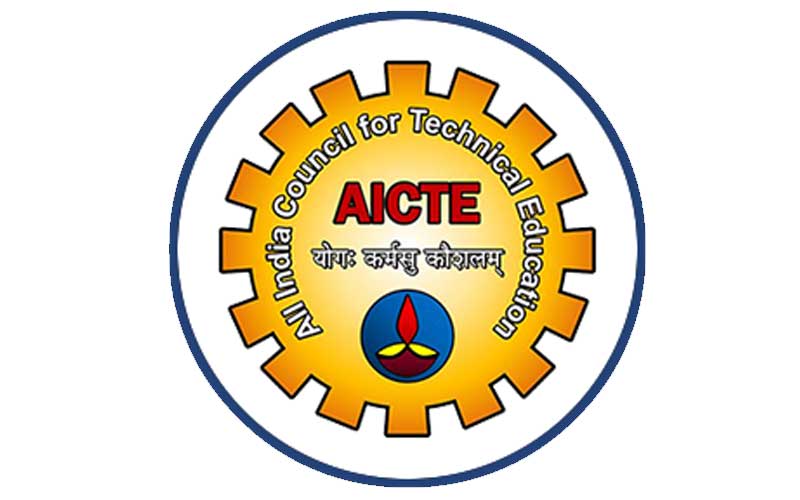
The Technical Higher Education Market Dissected in India
Abstract
During the past two years, the higher education technical institutions have seen a drop of 18.3% and 6.01% in the number of institutions and intake capacity, respectively. The total demand (based on the number of students appearing in NEET, JEE etc.) for technical higher education appears to be more than overall available seats. Therefore, a large number of technical institutions are unable to fill their sanctioned seats. Their capacity utilization is falling which stands at 53.53% in 2020-21.
In India, the technical higher education sector is mainly dominated by private players. It can be best understood only in market terms. Be it the exponential growth in institutions or in enrolment as well the dynamics of the decisions made by the regulatory bodies.
Background of technical higher Education:-
Much of the growth in technical higher education has been after 1991. From the time All-India Council for Technical Education (AICTE) became functional.
Supply Exceeds Demand:-
During the three decades immediately preceding the present (1961 to 1991). The number of technical higher education institutions had increased five times to go up from 53 to 277.
During the same period, enrolment in technical higher education had increased six times — 0.37 lakh to 2.16 lakh. Importantly, most of the growth has been in the government sector. During the past three decades (1991-2020) the institutions have gone up by 40 times (at 10,990). With the intake capacity rising 15 times to touch 32.85 lakh. Much of this expansion has been in the private sector.
Going by the number of students who appear for the joint entrance examination and other entrance tests conducted by various agencies and different higher educational institutions. The total demand for technical higher education appears to be no more than 20 lakh. Clearly, supply far exceeds the demand for technical higher education, probably in the hope that the supply would create its own demand.
It is no wonder that a large number of technical institutions have been saddled with sunk costs due to their inability to fill their sanctioned seats. Their capacity utilization has been falling for a long time now, to become 53.53% in 2020-21, as compared to 62.32% in 2012-13.
Declining demand notwithstanding, these institutions have been adding more capacity. Though some market corrections seem to have happened during the past few years. The number of institutions and intake capacity in 2021-22 have come down to 8,997 and 30.87 lakh, respectively.
Student-teacher ratio
The AICTE prescribes a minimum specific Student-Teacher Ratio (STR), ranging from 7.5 to 20. Depending on the type and level of programmes and disciplines under its domain. As an overwhelming majority of the institutions are unable to admit students to capacity, their STR, at least on paper, has gone down from 5.5 in 2012-13 to 3.0 in 2020-21.
A lower STR could mean better quality but in their case, this only means higher cost adversely impinging on their economic sustainability. Due to lower STR, these institutions are threatened by lack of economic sustainability. This has a negative impact on the creation of quality infrastructure and human resources.
Their revenue models adversely impacted, they are unable to create quality infrastructure and human resources and become trapped in a vicious cycle of mediocrity. In market terms, they are the price takers and should be willing to offer their products and services at the lowest possible prices.
In a typical market framework, such businesses would either improve their quality or slash their prices to survive. Apparently, it does not happen in the higher education market. Except during the past two years when market corrections led to a drop of 18.3% and 6.01% in the number of institutions and intake capacity, respectively.
Way Forward towards this:-
The AICTE should provide a broad framework and guidelines for determining the permissible level of fees. Then, the State-level fee fixation committees should work. This would be in the true spirit of federalism which expects States to be a responsible partner in the process.
AICTE Act mandates it “to take necessary steps to prevent commercialisation of (in) technical education”. The AICTE should take all such steps for the coordinated and integrated development and maintenance of standards.
Written By: Ashi Dubey
Mail us at edumoundofficial@gmail.com






